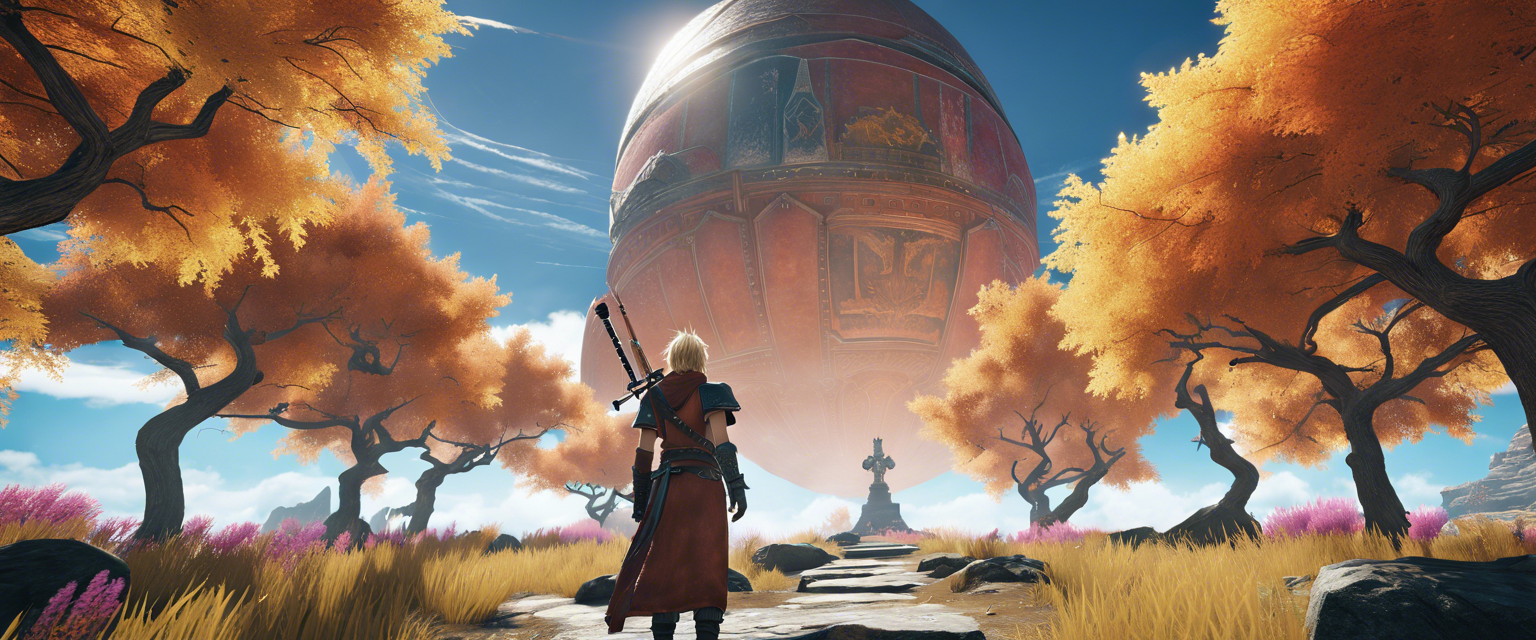The Future of Vacation Memories: AI Editing and Its Implications
As the world of photography continues to evolve, the emergence of advanced AI editing tools is reshaping how we document our experiences. Recently, while on vacation by the serene shores of Lake Michigan, I found myself utilizing Google Pixel’s Magic Editor feature to enhance my family photos. Despite capturing an adorable moment of my child perched on my husband’s shoulders, a couple in the background threatened to dampen the vibe. A few taps allowed me to erase them seamlessly—an impressive feat, but it left me pondering deeper implications.
The Dilemma of Authenticity
As I edited the photo, I considered what other distractions I could eliminate. Perhaps the parked cars in the background or the trash can that marred the scene? Magic Editor made those alterations incredibly easy, but I began questioning: If I changed so much, could I still call this a genuine representation of our vacation? Or was it veering into the territory of "it’s a memory, not a photo"?
Upcoming Innovations: Pixel 9 and Beyond
Just when it seemed the boundaries of photography were pushed far enough, the upcoming Pixel 9 series, set to launch on August 22, promises even more groundbreaking generative AI tools. Users will soon be able to completely "reimagine" sections of their photos through simple text prompts. From adding elements to altering entire backgrounds, the possibilities are astounding, yet alarming. Will snapshots of our lives transform into digital fantasies that lose the essence of our true experiences?
Backlash Against Over-Editing
Interestingly, not everyone is on board with this relentless march toward perfection. Camera app makers, like Halide, have created modes such as Process Zero, harkening back to the simplicity and authenticity of early phone cameras by bypassing AI editing altogether. Additionally, Gen Z seems to be on a quest for a vintage aesthetic, favoring lo-fi images that tell a more human story, reminiscent of pre-mobile photography.
The Importance of Imperfection
This rise in interest for gritty photography indicates a societal shift in how we perceive and value authenticity. In a recent controversy, Google faced backlash over an ad portraying a father using AI to help his daughter draft a fan letter. Critics argued that the act of writing with one’s own hand is deeply meaningful. From this, we realize that the human touch—imperfections included—is essential for authenticity.
Finding Balance with AI
Ultimately, every photographer will approach AI tools with different comfort levels. While features that can eliminate distractions may enhance certain photos, it is equally important to embrace the imperfect moments that represent our true experiences. Photography, much like writing an informal letter, doesn’t always need to adhere to polished standards. Often, the beauty of an image lies within its ability to evoke emotion through its flaws.
Conclusion: Navigating the New Landscape
As technology advances, we must navigate the delicate balance between innovation and authenticity. The desire for perfection through AI editing tools should not overshadow the unique stories that our original, unedited photos tell. Whether you prefer a polished holiday greeting or a natural snapshot, remember that sometimes, a little grit is worth more than a glossy finish.



댓글 남기기
모든 댓글은 게시 전 검토됩니다.
이 사이트는 hCaptcha에 의해 보호되며, hCaptcha의 개인 정보 보호 정책 과 서비스 약관 이 적용됩니다.